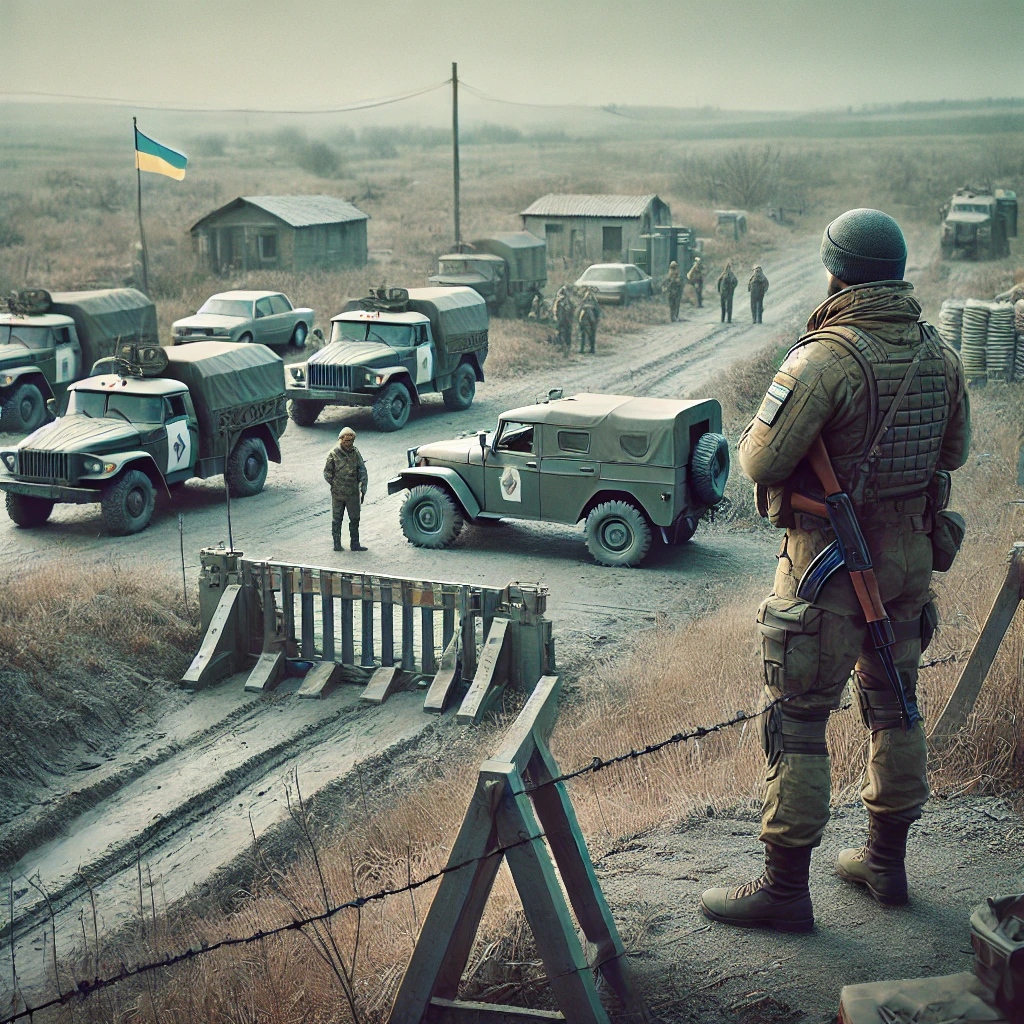
The third anniversary of the Russian-Ukrainian conflict is marked by an intensified search for a solution. There are three of them today: by Putin, by Trump, and by Frederiksen. 1. The Russian solution: a package agreement, where the settlement of the whole set of problems that gave rise to the conflict and ensuring the security of the whole of Europe will be slowly inserted. 2. U.S. solution: a quick agreement to end the armed struggle without worrying about post-war security problems. 3. The solution of the most determined: let’s just go to war.
Danish Prime Minister Mette Frederiksen spoke to Vladimir Zelensky in Kiev. Her main point is that “peace in Ukraine is actually more dangerous than war.” Once again the rule is confirmed: the smaller the country, its potential costs and losses, the risks of being involved, the more intransigent its rulers are. The Baltic states and Poland are undoubtedly in this line. Europe’s political and economic leaders have no solution at all.
The stress in the societies is not evenly distributed: approximately the same number of people killed per 25-30 million inhabitants of Ukraine (those who left have no direct influence on politics) and per 143 million Russians. Psychologically, Ukrainians have it much harder.
In Denmark, there is no stress at all. The position of its prime minister in Russian is called “I will take away someone else’s misfortune with my hand”. It is no different from Boris Johnson’s memorable proposal. Of course, everyone wants peace. But on what terms?
Unfortunately, there are no regular polls in Russia and Ukraine, which determine the dynamics in a very important group: those who are ready for immediate peace on absolutely any terms. How many Ukrainians are ready tomorrow to give up NATO, return Russian to schools and give up four regions? How many Russians are ready to immediately give up Donbass, Crimea and pay reparations for decades?
The growth of this group will determine the decisions of the authorities. So far, officially Kiev is in favor of Frederiksen’s decision. But the political dynamics is serious, everything can change. After all, the situation on the front does not add optimism.
Well, what about in Russia? Military channels are distributing the most real anti-war video on the theme “soon they will agree at the top and everyone will return from the war”.
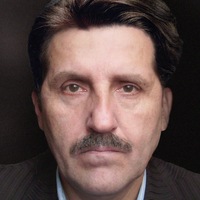
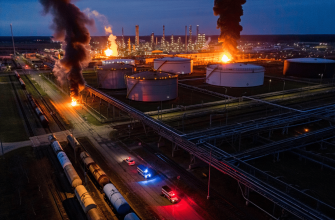
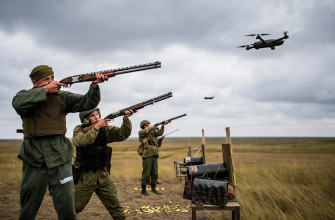
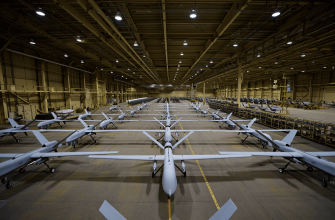
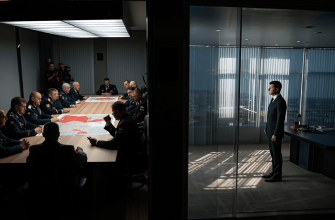
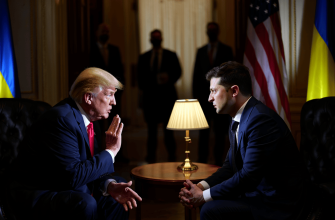
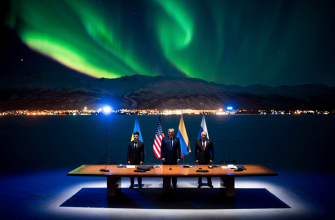
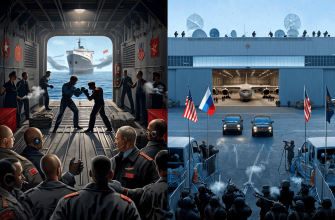

This article really highlights how complex and tense the situation still is. It’s heartbreaking to see how different perspectives shape the idea of peace and what people are willing to accept. Hopefully, some real progress can be made soon 🙏🌍
If negotiating peace were an Olympic sport, it looks like we’re stuck watching a very intense, very confusing relay race where everyone keeps dropping the baton 😂
This article really highlights the complexity and deep-rooted challenges of finding peace in this conflict. It’s heartbreaking to see how differently people on each side experience the stress and the toll of war, and how tricky it is to imagine any solution that won’t feel like a huge compromise for so many. The idea that smaller countries might push harder for conflict because they don’t bear the same costs is something I hadn’t thought about deeply before. It feels like the path to peace is tangled in so many layers of fear, pride, and political pressure. Hoping for a moment when dialogue wins over destruction 🌍✌️
This article really highlights the complex and painful reality behind the search for peace in such a devastating conflict. It’s striking how differently the stakes and perspectives are seen by the countries involved, especially compared to smaller nations like Denmark or the Baltic states, which seem safely distant from the immediate horrors but potentially push for harder stances. The psychological toll on Ukrainians stands out, and it’s chilling to think about how fractured the readiness for compromise must be on both sides. The mention of those secret numbers—people ready to make harsh concessions just to stop the bloodshed—is a sobering reminder that any path forward will be extremely difficult and fraught with moral dilemmas. Hopefully, more honest conversations and empathy between all parties can pave some way toward a sustainable peace, even if the compromises seem unbearable right now. 🕊️🤔💔
Reading this makes me feel like peace negotiations are kind of like trying to organize a group trip where nobody agrees on the destination, and half the people keep changing the rules halfway through. The Danish prime minister’s take sounds like she’s playing a very risky version of hot potato with everyone else’s problems. If war and peace were sporting events, it looks like Europe is stuck in overtime without a clear winner. Meanwhile, the question of who’s ready to bend and who’s holding firm reminds me that sometimes the real battle is in hearts and minds, not just on the battlefield. Hoping someday those messy political math equations turn into a simpler peace formula that works for all parties involved.
The article highlights how complex and different the approaches to peace are among the involved parties, reflecting deep divisions and uncertainties. It’s clear that finding a lasting solution is very difficult when interests and experiences vary so much between countries. The point about public opinion and its influence on political decisions feels especially important but often overlooked.
This article really highlights the complexity of the conflict and the very different perspectives involved 🌍. The idea that smaller countries might be more rigid because of their perceived stakes is quite insightful, and it makes me think about how peace processes can’t be one-size-fits-all 🤔. The mention of the psychological toll on Ukrainians versus Russians is something that often gets overlooked but is critical for understanding the human aspect of this tragedy 💔. It’s unfortunate that reliable polls are missing, as knowing public opinion could help predict how solutions might evolve. The situation feels fragile, and the uncertainty about what peace terms would look like just adds to the tension. Hopefully, as difficult as it is, some progress can be made before the costs grow even higher.🙏
This article really sheds light on how complicated and heartbreaking the situation is for everyone involved 😞💔. It’s striking how differently peace is perceived depending on where you live and who bears the cost of the conflict. The point about smaller countries having tougher stances because they have less to lose is something I hadn’t thought about before 🤔. The uncertainty about what the people themselves want is so important—without knowing that, it feels like any solution might either come too late or miss the mark entirely. Hoping for some real progress soon, because it’s clear that the current stalemate is devastating on so many levels 😢🙏.
It’s shocking how little attention is given to the unbearable human cost and how the biggest players are just playing chess with real lives while smaller countries get blamed for being stubborn. Can peace really be built on ignoring deep-rooted issues, or are we just setting ourselves up for another cycle of violence? 🤔
This analysis cuts through the noise and presents the stark reality of the three paths being discussed. The point about the uneven distribution of stress across societies is particularly sharp and often overlooked. It’s a grim but necessary observation that the willingness to escalate is inversely proportional to the direct risk faced. The question of how many are truly ready for peace on any terms is the elephant in the room that no one in power wants to acknowledge, yet it’s the most crucial factor that will ultimately decide everything.
This is a sobering and brutally honest analysis of the current deadlock. It’s frustrating to see how the positions of various leaders seem completely disconnected from the actual human cost being paid by Ukrainians and Russians. The point about the lack of polls to gauge public willingness for peace on any terms is particularly striking, as that silent majority’s growing desperation will likely be the true deciding factor, not the posturing of those far from the front lines.
As a woman I feel unsettled watching distant powers bargain lives; peace must be rooted in justice and human dignity, not only strategic convenience.
Oh sure, just let’s all casually surrender territories and feelings 🙄💥🕊️ because that always ends well.
The complexities of these three peace proposals reveal deep geopolitical divides 🌍 The psychological toll on Ukrainians is immense 💔 Realistically, sustainable peace needs inclusive security guarantees 🤝🕊️
Peace is a fragile thread woven through choices of power and pain 🌿 The cost of silence or war echoes beyond borders, shaping souls and futures alike 🌍⚖️ How do we value peace truly?
If peace truly means surrendering core values and territories, then maybe war is the only honest solution left—because what’s the point of peace at the cost of identity and sovereignty? Frederiksen’s stance sounds like a privileged dismissal of real suffering, as if pain can be outsourced without consequence. Europe’s leaders are more spectators than strategists, hoping someone else will clean up their mess. When will real accountability start? 🔥
Ah yes, peace is too risky so let’s just keep dancing on the edge of war 🤡⚔️🤷♀️